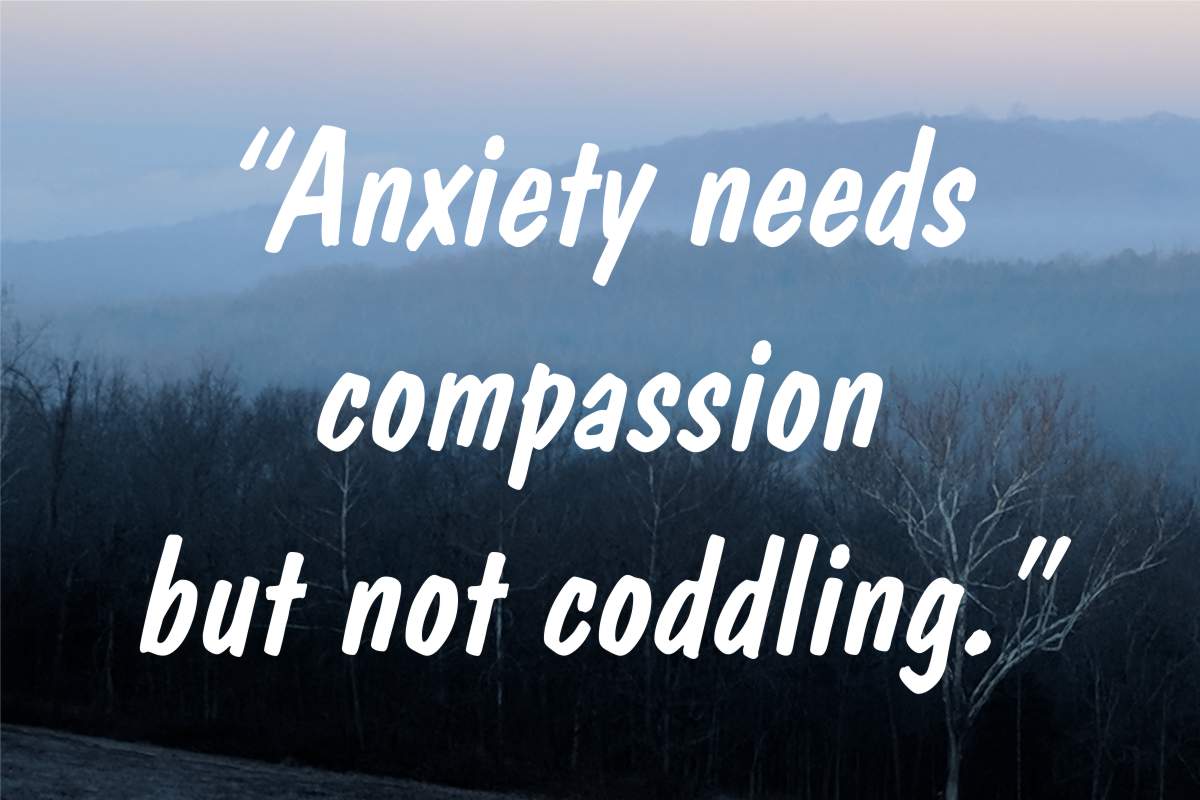










Popular Articles
Crazy-Makers: Dealing with Passive-Aggressive People
Why Are People Mean? Don't Take It Personally!
Struggling to Forgive: An Inability to Grieve
The Secret of Happiness: Let It Find You (But Make the Effort)
20 Steps to Better Self-Esteem
7 Rules and 8 Methods for Responding to Passive-aggressive People
What to Do When Your Jealousy Threatens to Destroy Your Marriage
Guide to How to Set Achieveable Goals
Catastrophe? Or Inconvenience?
Popular Audios
Audio Version of Article: Crazy-Makers: Passive-Aggressive People
Audio Version of Article: Why Are People Mean? Don't Take It Personally!
15 Coping Statements for Panic and Anxiety
by Monica A. Frank, PhD
Coping statements can be part of your strategy to manage anxiety. What are coping statements? When you struggle with anxiety you are usually engaging in fearful and/or inaccurate self-talk which tends to increase the anxiety. The purpose of coping statements is to counter this anxious self-talk.
This series provides an explanation of some common coping statements. The best way to use them is to identify the ones that are most calming to you and repeat them over and over when you are anxious sort of like a mantra. Combining a single statement with taking slow breaths can be particularly helpful.
Coping statement #7: “Anxiety needs compassion but not coddling”
Natural instinct is to protect your loved ones. However, many people confuse momentary protection with long-term protection which, however, may require different actions. Momentary relief usually causes increased problems in the long run.
Too often parents and spouses of those with anxiety are overprotective and indulgent. I've known entire families who centered their lives around the individual with an anxiety disorder. Sometimes that might be driving them places because they are fearful of having a panic attack while driving while other times it might be showering before coming into the house due to an obsessive fear of germs.
The reason for this is frequently due to having compassion and wanting to help the person with the anxiety disorder. Due to their feelings of helplessness, though, the tendency is to do anything to make their loved one feel better, even if it is temporary. Unfortunately, temporary solutions can sometimes be worse than not doing anything. Coddling fears can increase anxiety.
Sometimes family members respond in the opposite direction because they feel frustrated and helpless. They place blame and further demands on the person with the anxiety disorder which usually serves to make the anxiety worse due to the additional stress.
The answer, then, is to have compassion but don't over-sympathize and indulge the anxiety. Psychological research shows us that helping children cope with anxious situations can prevent anxiety problems in the future (see: Brighter Futures for Anxious Kids). The problem is that many people are confused about how to have compassion without taking control and trying to make the person feel better.
What is the difference between compassion and coddling?
1) Compassion understands but doesn't deny. When someone tries to make the anxiety go away it is a form of ignoring or denying the problem. Instead, compassion confronts the problem directly and attempts to understand it. By doing so it can help the person with anxiety understand the situation better and confront it: “I know this is hard for you, but let's take steps to face it and make it easier.”
2) Compassion teaches instead of protecting. It goes against this natural instinct to not protect against the anxiety. If this is difficult for you, think of teaching as protection, but instead of protecting in the moment, you are protecting for the lifetime by teaching the child how to handle the anxiety or situations that may cause anxiety.
For instance, knowing that social anxiety ran in our family, I taught my son from a young age how to handle different social situations. When he was 5 and the toy he just bought with his own money broke within hours I taught him what to say to customer service and sent him to the desk by himself (I was nearby to help out only if needed).
3) Compassion is for the other, not for the self. True compassion is more difficult than coddling because it is about being concerned for the other person not about making ourselves more comfortable. Even though it may seem that we are concerned about them when we try to make the anxiety go away such as by avoiding the situation, it is usually because we don't want to feel the pain of compassion. Being truly concerned about the other person's anxiety problem means diving into it with them and helping them learn how to cope with it and confront it. Avoidance might feel good (for both of you) temporarily but it only makes the problem worse.
So, this coping statement is for the caregivers, spouses, and parents of those with anxiety. Remind yourself to have compassion but don't indulge the anxiety.
Permission to reprint this article for non-commercial use is granted if it includes this entire copyright and an active link.














